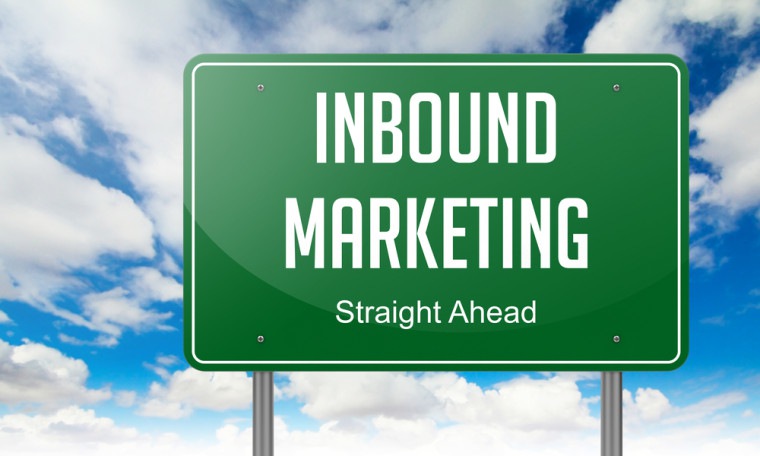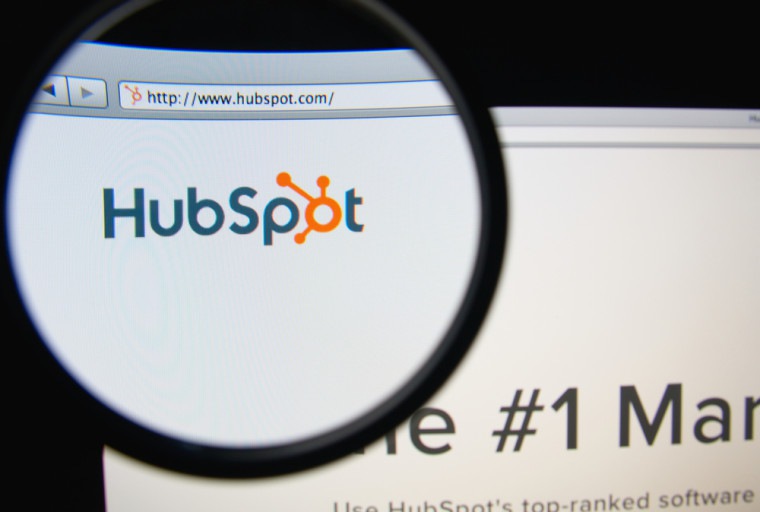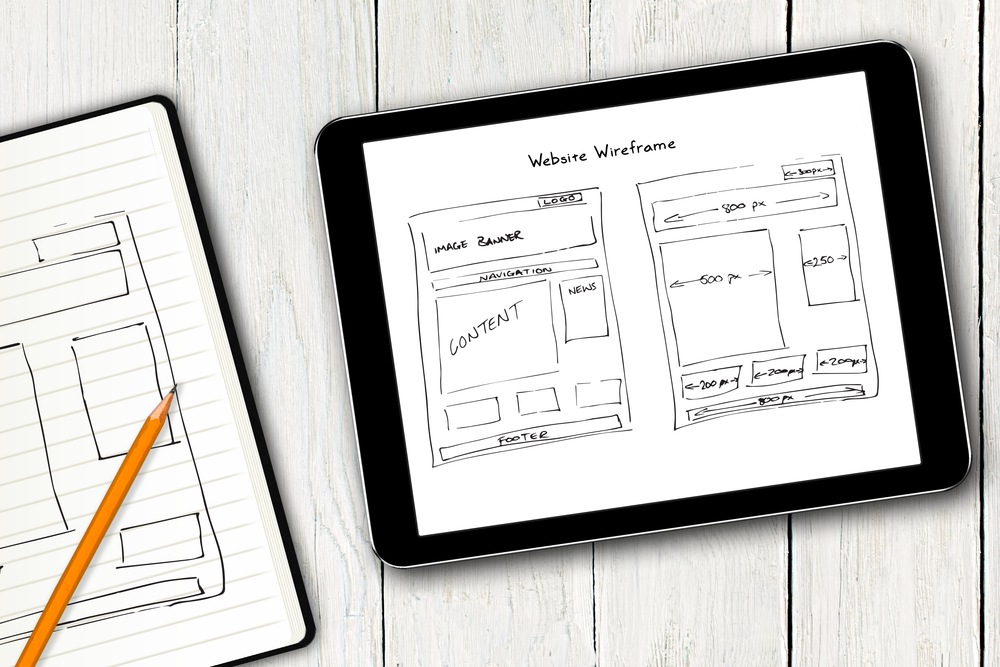We used to be buried in ads. Now we’re buried in content. The problem is, when consumers are overwhelmed with information they don’t need and didn’t ask for, they are quick to migrate towards more relevant sites.
We saw this in the early days of inbound marketing when search enabled people to ignore ads and take control of their own purchase research. Today, we’re seeing another evolution of inbound marketing as technology is again enabling consumers to filter out the irrelevant in favor of more personalized options.

Evidence of this is commonplace. Since 2009, Google has been providing tailored search results to all users. Apps like Zite and Flipboard offer readers customizable content streams that grow smarter over time. And nearly everyone has experienced the personalization engines of Netflix, Pandora, Rdio, and the like.
As technology has begun to enable personalized experiences, buyers have started to expect it. According to a 2013 Online Personal Experience study conducted by Janrain, 74 percent of online consumers get frustrated when content that has nothing to do with their interests appears.
The benefits of a personalized website are clear: Higher conversions, happier visitors.
But doing personalization well requires a clear strategy. Without one, personalization risks falling into gimmicky practices with poor outcomes. The goal of personalization is to reduce friction and driving faster conversions. To build a strategy, you need to first think about what causes that friction to begin, then work on becoming more relevant to each visitor.
What to Think About When You Think About Personalization
Devices
I’m starting with this very important friction point because you cannot talk about personalization without talking about mobile optimization.
According to research from Google, 61 percent of mobile visitors will quickly look for another site if they don’t find what they are looking for right away.
If your site is not optimized for mobile, you’ll want to implement responsive design on your next website redesign. If your website is already optimized for mobile, start to think about how your content strategy should shift around the mobile visitor. For instance, mobile users have been shown to be more action-oriented than their desktop counterparts.
Personalize your website to the mobile user by removing excess content, shortening forms, and elevating conversion points so its easier to take action.
Demographics
In addition to how they physically access your site, demographics play a key role in customer decision-making. This is particularly true for B2B purchases where a company’s size and location factor into their needs.
Think about the testimonials or customer case studies on your website. Part of the decision process is a determination if the company you’re about to buy from has a history of working with “companies like yours”. If you’re from a global enterprise and arrive on a website looking for tech solutions, seeing testimonials from smaller companies is going to make you pause.
Personalizing content to demographics can also streamline conversions from a more practical standpoint. If you have offices in multiple locations, prioritizing the location closest to the website visitor can get them more quickly to the information they need.
Psychographics
While demographics are observable right off the bat, a visitor’s interests illuminate over time. The better you understand your various personas—their questions and concerns, what keeps them up at night—the better you can adapt your content to meet those interests.
One approach taken by Intuit Quickbase is to remove content that has previously been consumed from view upon a visitor’s return. The value of this for the visitor is clear. Remove the clutter of content that is no longer relevant and streamline the visit. Once a lead has read an e-book, they’re probably not interested in downloading it again, so Intuit QuickBase uses HubSpot to replace any banner ad for that e-book with a new piece of related content.

This personalization is based on past behavior, but you could also create a strategy which matches content to the implicit interests of your visitors. Prioritizing marketing-related content for marketers and sales-related content for sales professionals, for example.
Timing
You can’t force someone to make a decision when they’re not ready for it. Even when personalizing content by demographics and psychographics you could miss the boat if you’re not thinking about where that person is in their decision process. Forcing someone into a demo or sales conversation when they’re still in research-mode leads to friction.
Lynton Web, a marketing agency based in Texas, has a nice approach to this. The first time someone arrives to their website the homepage encourages them to “learn about inbound marketing”. While the option is there to hire them, they don’t push the sale.
Understanding that the visitor may not be ready for it, they lead with free resources. After a visitor has downloaded some content, however, and returns to the site more informed, the homepage adapts. Upon a return visit, it shifts to encourage the visitor to “Start a Project” with Lynton Web.
This slight change reduces dissonance in the visitor and creates a conversion path that works for both company and customer.
Conclusion
Buyers today are faced with more information and choices than ever. The businesses that break through the clutter and stay on top of mind for their audience are the ones creating relevant, seamless interactions on their website.
If you’re just starting out with website personalization the cardinal rule is simple: Don’t make the visitor search.
Avoid the temptation of personalization gimmicks and think instead about the elements that reduce friction in their research and buying process. Develop a better understanding of the various personas who come to your website, then dive into personalizing content around them. Above all, start small and make sure the outcome is one that serves your website visitors first and foremost.
Image Credits
Featured Image: ronstik via Shutterstock
Image #1: Tashatuvango via Shutterstock
Image #2: Gil C via Shutterstock




